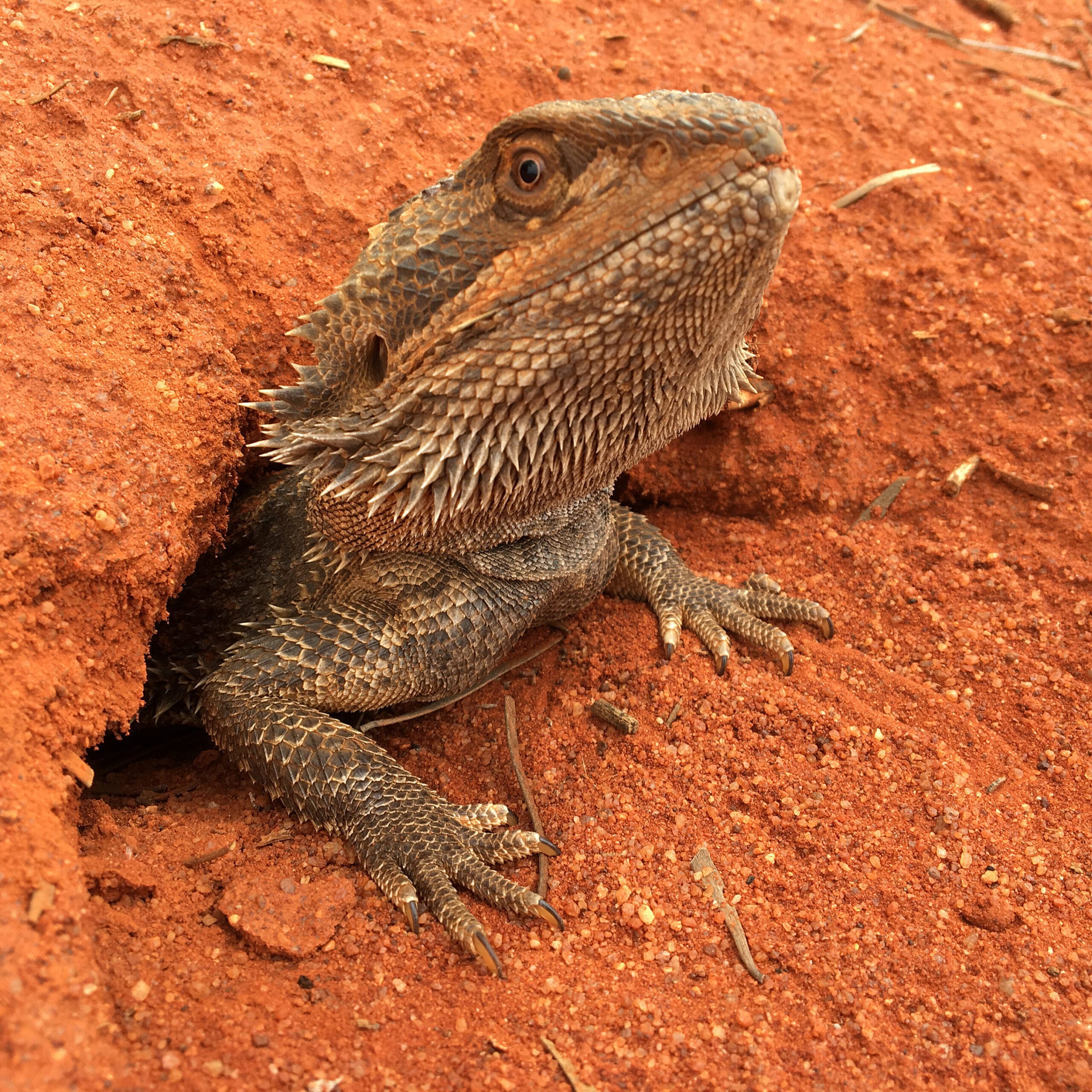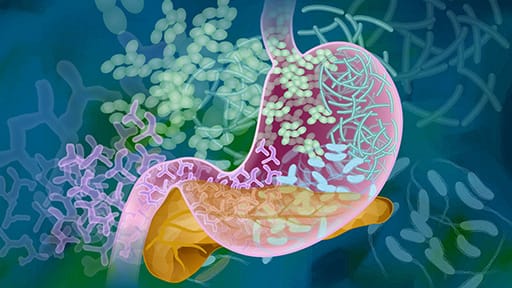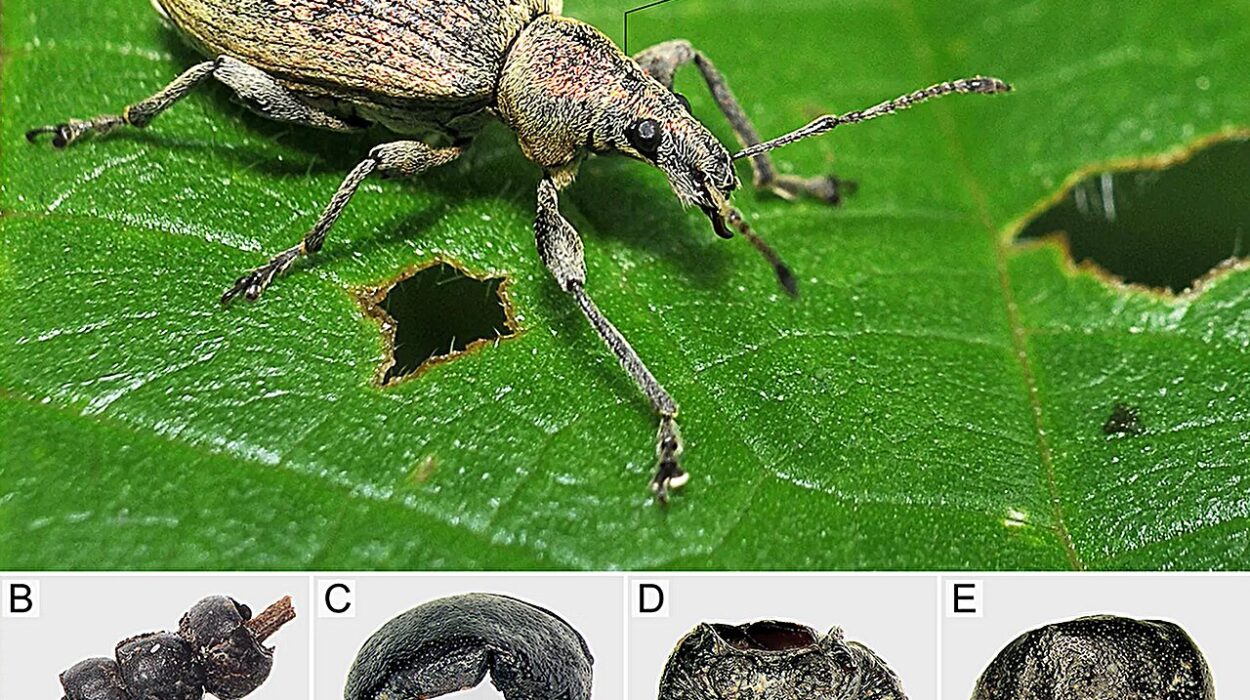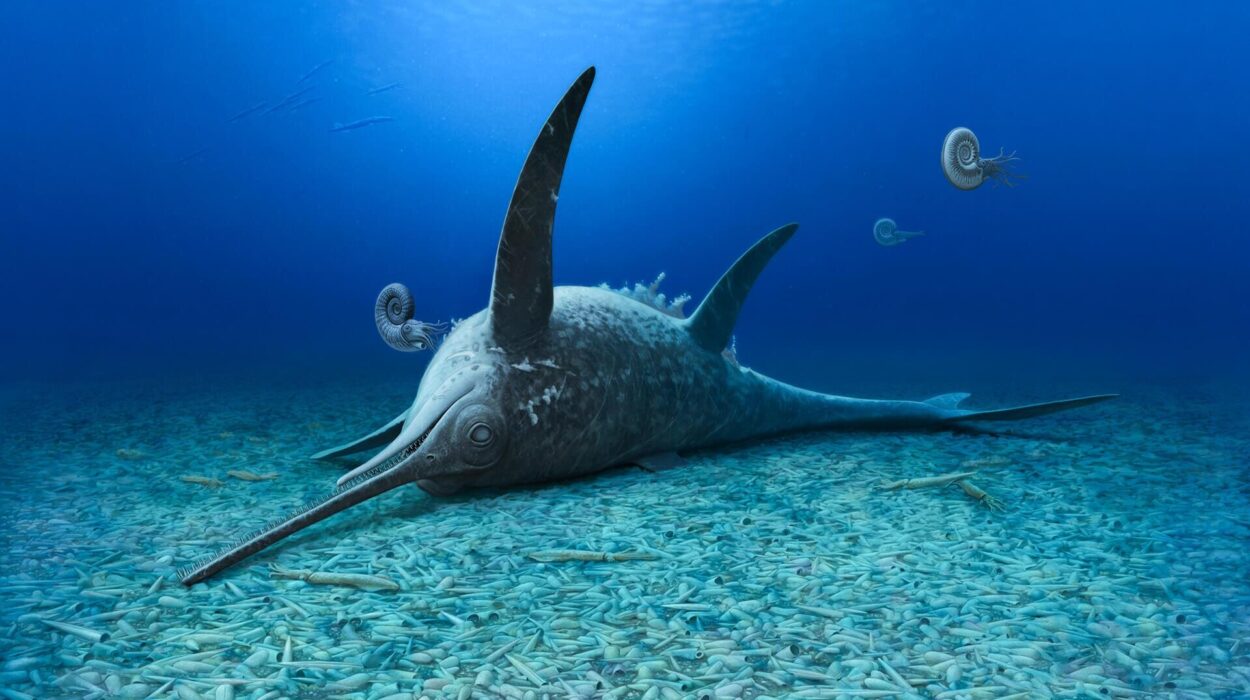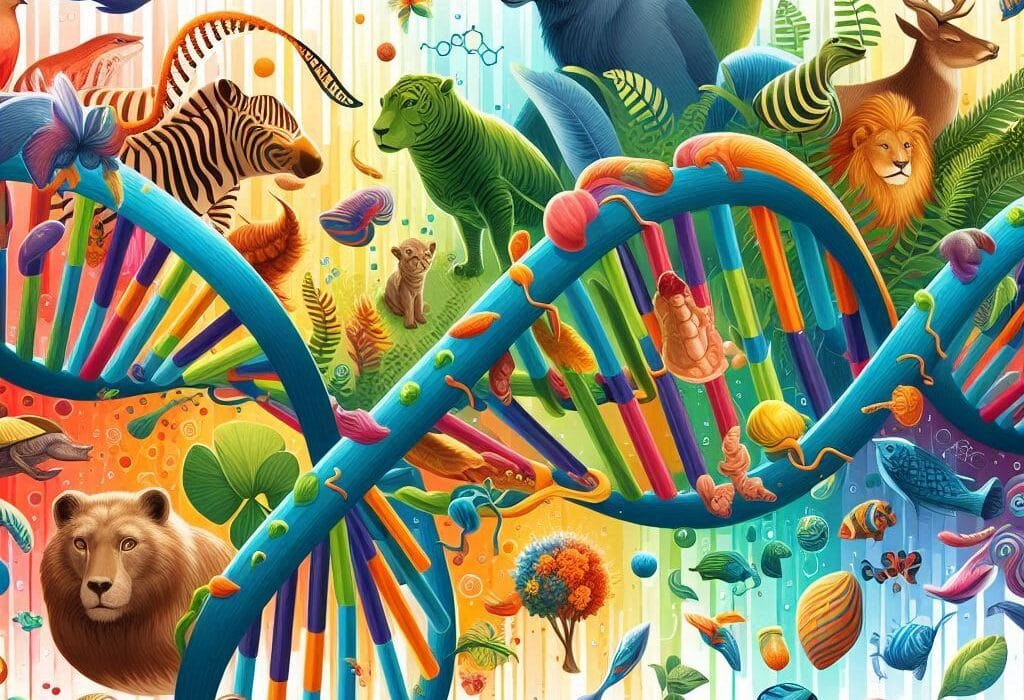At first glance, the central bearded dragon (Pogona vitticeps) might seem like an ordinary lizard. Native to the warm, dry landscapes of central and eastern Australia, it spends its days basking in the sun, foraging for food, and occasionally inflating the spiky “beard” under its throat when threatened. Over the past few decades, it has also become a beloved pet across Europe, Asia, and North America, admired for its docile temperament and dragon-like appearance.
But beneath this reptile’s scaly skin lies a biological mystery that has fascinated scientists for years. Unlike most animals, where sex is determined strictly by genetics, the bearded dragon’s identity as male or female can be rewritten by something as simple as the warmth of the nest. A dragon genetically coded as male can grow into a fully functional female if its egg develops in high enough temperatures.
This unusual twist has made the bearded dragon one of the most important animals in the study of sex determination—a field that probes one of life’s most fundamental questions: how do living beings decide whether to be male or female? And now, thanks to breathtaking advances in DNA sequencing, researchers are finally beginning to crack the dragon’s genetic code.
Two Genomes, One Big Breakthrough
In a remarkable scientific moment, two independent teams of researchers have published near-complete reference genomes of the central bearded dragon in the journal GigaScience. One team, based in China, used an entirely new sequencing platform called CycloneSEQ, while another team in Australia relied on a different suite of cutting-edge technologies, including PacBio HiFi and ultralong nanopore sequencing.
Each group took a different approach: the Chinese researchers sequenced a ZZ male, while the Australian-led group focused on a ZW female. Together, these parallel efforts produced exceptionally high-quality genome maps, covering nearly the entire 1.75 billion base pairs of the bearded dragon’s DNA. Both projects revealed something extraordinary: a likely “master switch” gene that determines maleness in this reptile.
The convergence of two studies—working independently, on opposite sides of the world, using different technologies—yet landing on the same answer has given scientists rare confidence that they’ve uncovered a genuine breakthrough.
The Temperature Trick
To understand the significance, it helps to revisit how sex usually works in animals. Humans, for example, have an XX/XY system, where the Y chromosome carries a gene (SRY) that pushes an embryo toward maleness. Birds, by contrast, use a ZZ/ZW system, where males have two identical Z chromosomes and females have ZW.
Bearded dragons also have a ZZ/ZW system. In theory, ZZ dragons should grow into males and ZW dragons into females. But reality is more complicated. If the egg of a ZZ male incubates at high temperatures, the embryo “flips” and develops into a female, despite carrying male chromosomes. These “sex-reversed” females are fertile, able to reproduce just like normal females.
This temperature-driven override has long puzzled scientists. What molecular machinery allows heat to rewrite the sex blueprint? And why does evolution allow such a fragile balance between genes and environment?
Hunting the Master Gene
The new studies provide the clearest answer yet. By comparing the Z and W chromosomes in unprecedented detail, scientists homed in on a specific region that seems to control male development. At the center of this region is a gene called Amh (Anti-Müllerian hormone), along with its partner receptor Amhr2.
These genes are not strangers to biology. In mammals and many fish, they play crucial roles in reproductive development. But in the bearded dragon, something unique has happened: Amh has been copied onto the Z chromosome in the non-recombining region where genetic shuffling does not occur. This means ZZ males carry two doses of Amh, while ZW females carry only one. The “double dose” in males appears to be the decisive factor pushing embryos down the male path.
Crucially, both the Chinese and Australian teams landed on Amh and Amhr2 as the key suspects, and further analyses showed that Amh is expressed far more strongly in developing male embryos than in females. This male-biased expression strengthens the case that Amh is the long-sought “master sex-determining gene” in this species—the reptilian equivalent of Sry in mammals.
A Missing Piece of the Reptile Puzzle
Until now, no reptile had a confirmed master sex-determining gene. While mammals have Sry and birds have Dmrt1, reptiles seemed to lack such a clear switch. The discovery of Amh as a candidate finally fills this gap and opens the door to a deeper understanding of how sex chromosomes evolve.
Even more intriguing, the data suggest that the story may not be as simple as one gene pulling all the strings. Other genes, such as Nr5a1, also show sex-biased expression and may interact with Amh in complex ways. This raises the possibility that sex determination in the bearded dragon is more like a negotiation among genes rather than a single dictator. Temperature, meanwhile, may tip the balance by influencing how these genes are expressed during early development.
Technology Unlocking Biology
The breakthroughs would not have been possible without extraordinary advances in genome sequencing. Traditional methods often struggled with highly repetitive or GC-rich regions of DNA, leaving crucial gaps. The new CycloneSEQ nanopore sequencer, used by the Chinese team, and the ultra-long read methods used by the Australians, were able to resolve nearly every telomere, fill in 124 million base pairs of previously missing DNA, and map the Z and W chromosomes in unprecedented detail.
This technological leap is more than just an academic milestone. It offers a powerful toolkit for tackling long-standing mysteries in biology—from how sex chromosomes evolve to how environmental forces interact with genetics to shape life.
Why It Matters Beyond Lizards
At first, it might seem like these discoveries matter only to reptile biologists. But in truth, the implications ripple far wider. Understanding the tug-of-war between genes and environment in sex determination offers insight into evolution, developmental biology, and even human health.
For instance, studying Amh in dragons may shed light on its roles in humans, where mutations in AMH signaling can cause disorders of sexual development. The work also helps explain how sex chromosomes arise and degenerate over evolutionary time—a process that has shaped the biology of mammals, birds, and countless other species.
Moreover, the bearded dragon is emerging as a powerful model organism for studying gene-environment interactions. From cranial development to brain function to behavior, having such a complete genome provides a foundation for wide-ranging research across vertebrate biology.
A Scientific Milestone, and a Beginning
For scientists like Arthur Georges of the University of Canberra and Qiye Li of BGI, the excitement is not just about what they’ve found, but about what lies ahead. With two complementary genomes now publicly available, researchers worldwide can dive into the data, test new hypotheses, and refine our understanding of sex determination.
What began as a curiosity—a lizard whose sex could be flipped by warmth—has grown into a global effort that unites cutting-edge genomics, evolutionary biology, and developmental science. And while the dragon has given up many secrets, it still holds mysteries. How exactly does temperature interact with Amh and its partners? How did the Z and W chromosomes evolve in the first place? And what does this tell us about the flexibility of life’s most fundamental binary choice?
One thing is certain: the bearded dragon, once admired mainly for its spiky charm as a pet, has now earned its place as a scientific icon. In revealing the hidden genetic switches of sex, it has reminded us that even the most familiar creatures can hold extraordinary surprises—and that nature’s playbook is always more inventive than we imagine.
More information: Guo Q, et al., A near-complete genome assembly of the bearded dragon Pogona vitticeps provides insights into the origin of Pogona sex chromosomes. GigaScience (2025). doi.org/10.1093/gigascience/giaf079
Hardip Patel et al, A near-telomere to telomere phased genome assembly and annotation for the Australian central bearded dragon Pogona vitticeps, GigaScience (2025). DOI: 10.1093/gigascience/giaf085
